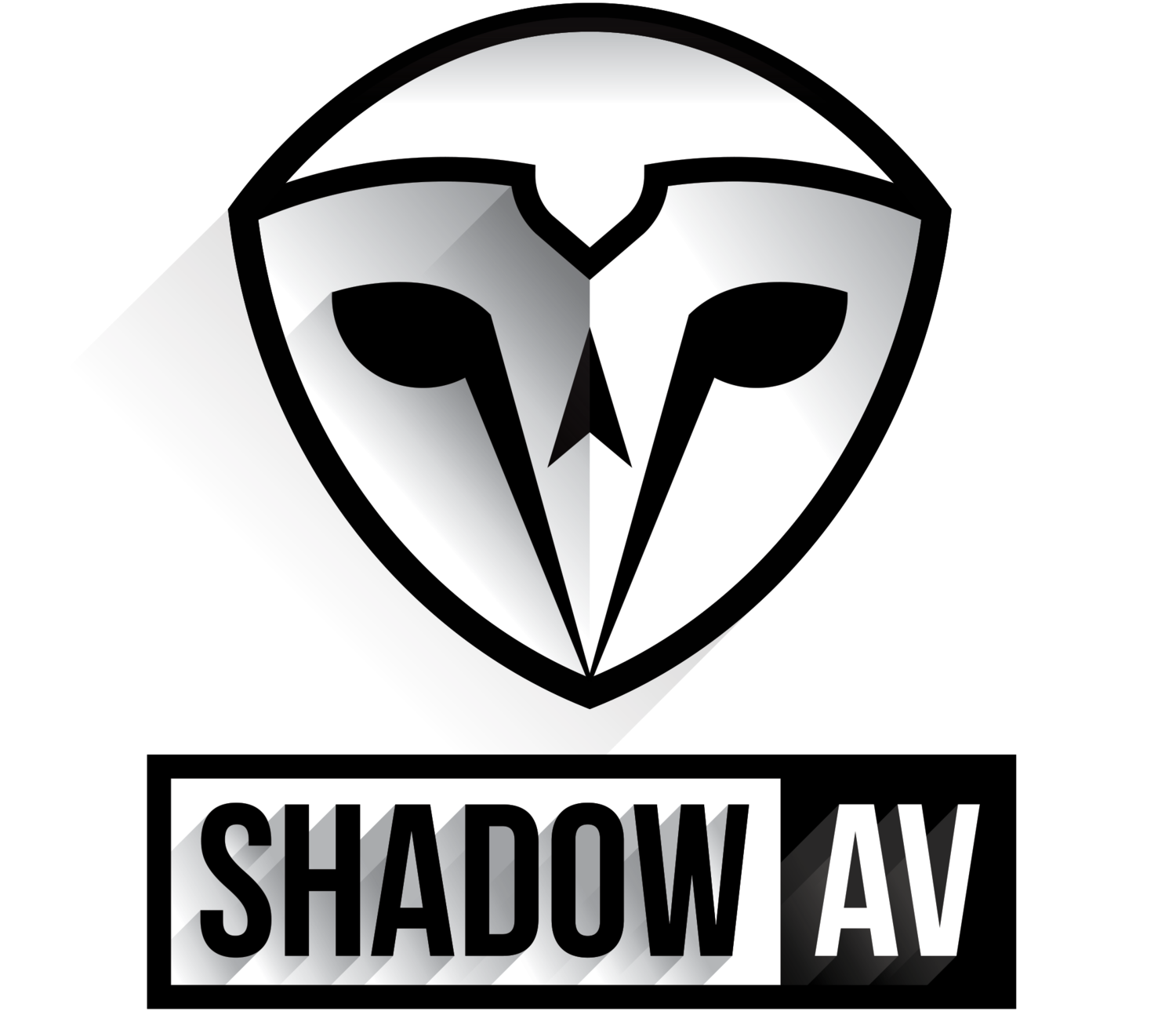A ground stacked screen build in progress
When it comes to LED screens, there are two primary ways to install them: ground stacked and flown. Ground stacked screens are placed on the ground, while flown screens are suspended from the ceiling or rigging. Each method has its own benefits and considerations, and the choice between the two depends on a variety of factors, including the size of the screen, the location of the event, and the specific requirements of the event.
Ground stacked LED screens are typically used for smaller events or when the event space has a low ceiling. These screens are supported by trussing or frames that sit on the ground, which provides stability and allows for easy setup and removal. Ground stacked screens are generally less expensive to install than flown screens and are suitable for both indoor and outdoor events. However, they do require additional floor space, which can be a consideration in smaller venues.
Flown LED screens, on the other hand, are suspended from the ceiling or rigging and can be used for events of all sizes. Flown screens are often used when space is limited, or when the event requires the screens to be positioned at a height that is visible to all attendees. Flown screens can also be used to create unique and creative visual effects, such as holographic projections and multi-screen displays. However, the installation of flown screens can be more complex and time-consuming than ground stacked screens, and can require additional rigging equipment and expertise.
The choice between ground stacked and flown LED screens ultimately depends on the specific requirements of the event. Ground stacked screens are a cost-effective and straightforward solution for smaller events or those with low ceilings, while flown screens offer more flexibility in terms of placement and can create unique visual effects.
It’s important to remember that not all LED screens are created equal, and one factor that can greatly affect their impact is their pitch size. Pitch size refers to the distance between individual pixels on the screen, and different pitch sizes can have a significant impact on the overall clarity, resolution, and visual impact of the screen. You can read more on pitch size here.
Watch as our team build a 12m x 3m ground stacked screen
At Shadow AV, we work closely with our clients to determine the best installation method for their LED screens based on the size of the event space, the desired visual effects, and the specific needs of the event. Our experienced team of designers and technicians can help to create a customised LED screen installation that is tailored to the needs of each individual event.


